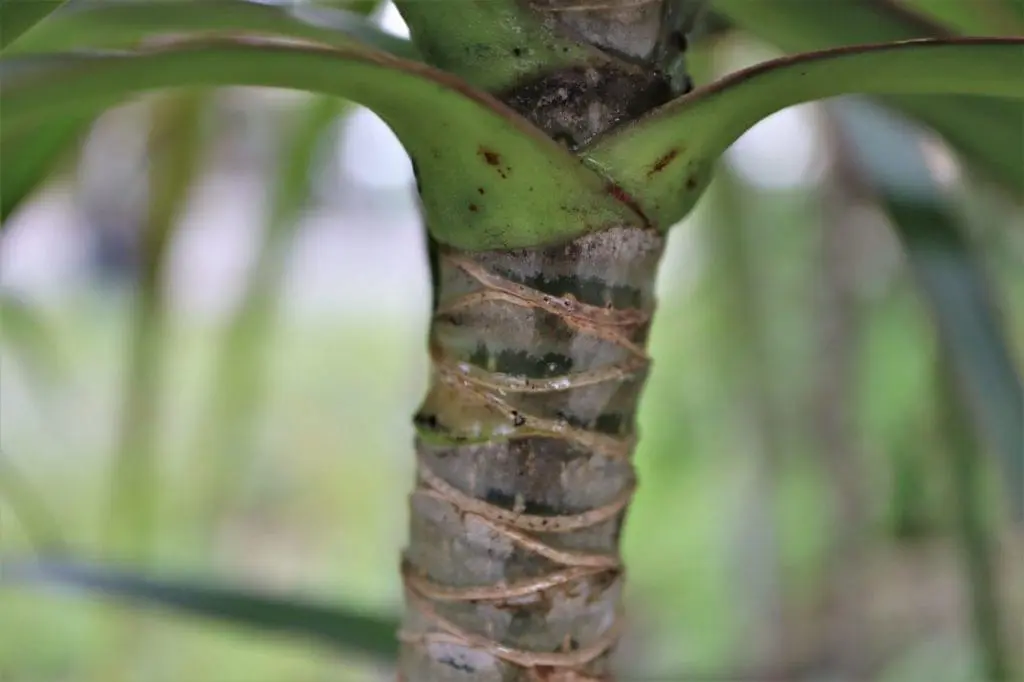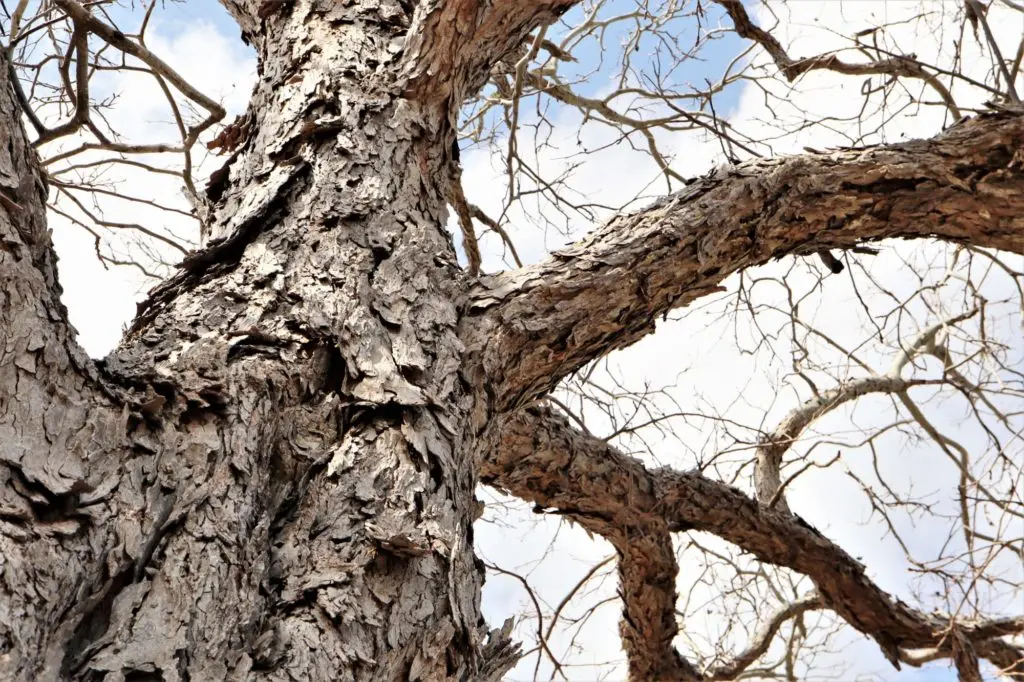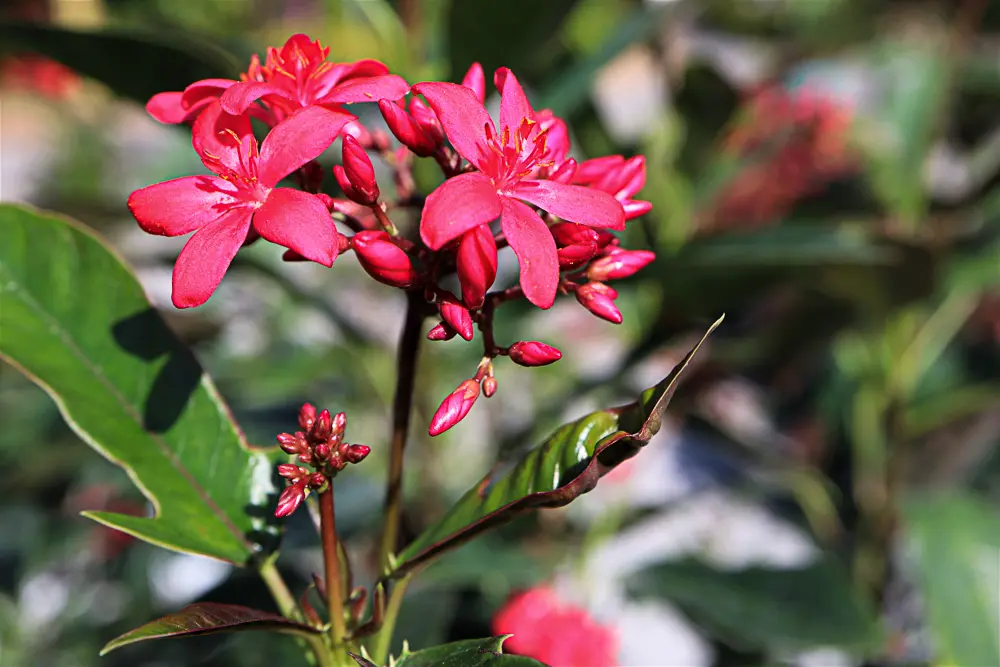by Amanda Rose Newton
Understanding how and why plants work is an eye-opening and powerful tool for home gardeners.
In order to create plant coaches out of all plant parents, we explore the roles of major plant organs in our How Plants Work series.
This week, the focus is on stems — the ultimate multi-taskers and the undeniable workhorse who are often under-appreciated in their contributions, which are highlighted below.
1. Where Biology and Chemistry Meet.
Stems form the junction between the roots and the leaves and have a hand in just about every chemical reaction that goes on in plants. They transport carbs, minerals, and water from place to place, and provide the fuel needed to accomplish everything from photosynthesis to metabolic processes.

Sometimes, stems even participate directly in performing photosynthesis when in need. The green pigment called chlorophyll is responsible for catching the light and it is usually present in stem tissue, hence its verdant shade.
2. Second Story Growth
Trees require a whole lot from stems! It means the stem needs to put on several layers in order to support the canopy required by most towering trees. In order to do that, the stem creates rings and grows outward.

Tree rings are like looking through a photo album of the life of the stem –embarrassing high school years (years of neglect, history of fire, poor nutrition, extra cold seasons) included.
3. Support System
One of the most important roles of a stem is to keep control of the fruit and flowering aspects of the plant, both of which can not fully function without the work of the stem.
As a gardener, it is important to ensure the stem is able to do its job by providing ample light, water, and nutrition as these are all essential to its ability to continue to support leaves, fruit, and flowers as they develop.

Flowers and fruit require a heavier uptake of water and nutrients, which the stem is also responsible for administering to them around the clock.
4. Xylem Flows Up and Phloem Flows Down
The “Open” sign never shuts off at stem headquarters. Roots, which deal exclusively in water and some mineral uptake, are quick to send what they gather upward and it is the stem’s job to make sure it is en route to where it needs to go.
You can’t make sugar without water, so photosynthesis-happy leaves are constantly requesting it to come their way.
Once that sugar is processed, the stem is back in action carrying it downwards towards lower leaves, fruit, flowers, and its final destination as a carbon sink on the ground floor.
5. Sugar Warehouse
One of the many surprises that plants have up their sleeves is that “stem” doesn’t mean “just above the ground.” There are many modifications of stems acting in specialized ways.
One of these ways is as storage organs for “rainy day” sugar in times of low production. This is why tubers or potatoes/yams are so tasty!

They are literally sugar storage vessels full of starchy carb goodness that provide energy for us as well as plants. Other specialized stems that are not invested in the sugar trade include tendrils and stolons (runners).
6. Propagation
Stems are the easiest part of the plant to propagate with reason. They contain the chief tissue cells as well as hormones and other elements essential for growth.
In fact, many perform propagation in the form of plantlets and stolons.
Air-layering, stem cuttings, and grafting are all forms of stem cuttings that we perform to create more plants for our enjoyment.
Finally, the obviously important role stems play: they keep the plant upright! Utilizing the magic of turgor pressure and having large air pockets in specialized cells allows for this phenomenon to happen.
It’s fairly magical when you stop and think about it.


